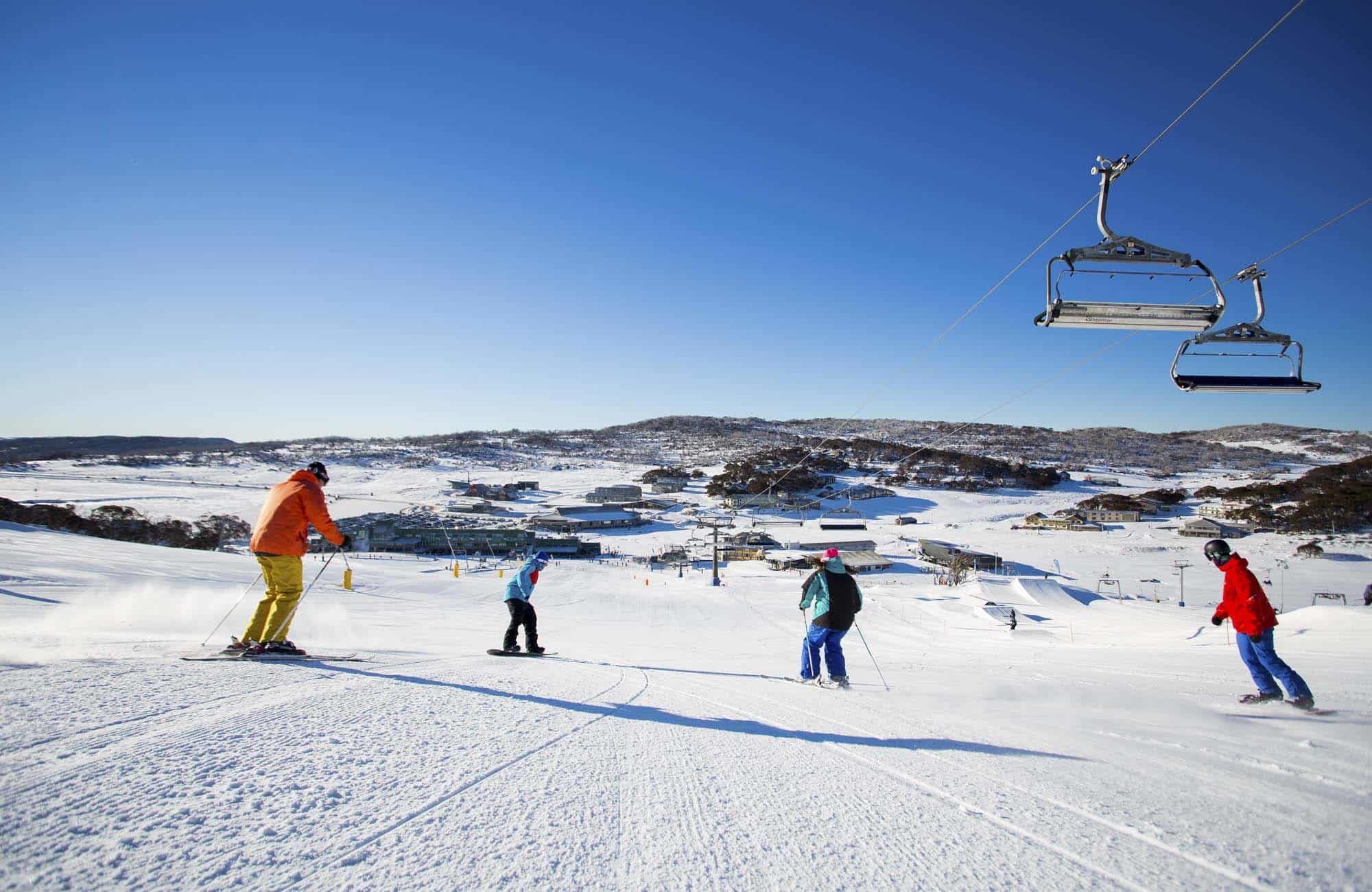Visit the Most Popular Winter Destinations for Snow In Australia This Winter
Wiki Article
The Various Kinds Of Snow in Australia and Their Impact on Winter Months Sports
Australia, recognized for its sun-soaked coastlines, is also home to a diverse variety of snow problems that substantially affect winter months sporting activities. The following expedition will certainly review the implications of these snow kinds on winter months sporting activities efficiency.
Understanding the Features of Various Snow Kinds
While lots of think that snow is an uniform entity, it is vital to comprehend that there are various kinds, each with one-of-a-kind characteristics. In Australia, these variations are specifically obvious because of weather variety. Coastal snow, found in locations such as the Snowy Mountains, is commonly wetter and denser because of high moisture content, making it perfect for snowball fights or building snowmen. On the other hand, the snow found in the indoor areas like the Australian Alps is drier and lighter, typically compared to a fluffy powder. These distinctions in snow kind aren't merely aesthetic; they considerably influence winter sporting activities, dictating the convenience of movement, the rate attainable, and the degree of control called for from professional athletes.The Impacts of Powder Snow on Skiing and Snowboarding
Regardless of its light and fluffy look, powder snow in the Australian Alps provides both one-of-a-kind obstacles and possibilities for winter season sports enthusiasts, particularly those participated in winter sports and snowboarding. The loosened, dry nature of powder snow can originally be hard to browse for novices, needing cautious balance and control. Nonetheless, for more experienced specialists, the soft, untracked snow uses an electrifying experience, allowing for nimble and vibrant activity. The smooth and flexible surface area of powder snow also lowers risk of injury throughout falls, making it a preferred selection for extreme winter season sports. It's worth keeping in mind, the differing deepness and unforeseeable nature of powder can sometimes lead to hidden obstacles, calling for consistent watchfulness.
The Difficulties and Advantages of Packed Snow in Winter Sports
Moving emphasis from the loose, dry powder snow, one more widespread kind of snow in the Australian Alps is stuffed snow, presenting its very own collection of challenges and benefits in the world of winter season sports. This denser, extra solidified form of snow gives a faster, slicker surface, benefiting sports like downhill skiing and snowboarding, enhancing speed and accuracy. The same qualities likewise present challenges. Its hard surface can be risky, increasing the possibility for injuries throughout falls. In addition, controlling and browsing turns speed can be difficult on stuffed snow, calling for higher skill levels from professional athletes. Despite these challenges, packed snow stays a vital component in lots of winter months sporting activities, forming the performance and techniques of athletes.The Duty of Wet Snow in Australian Winter Games
As opposed to the thick, slick surface of stuffed snow, damp snow plays a totally different duty in Australian winter video games. Characterised by its high moisture web content, damp snow affects the rate and control of winter months sporting activities individuals. Its hefty, sticky nature can be testing for athletes, specifically in winter sports and snowboarding where rate and manoeuvrability are essential. Nonetheless, its pliability makes it optimal for snow sculpting occasions and for fortifying snow structures in sports like snow fort battles. In spite of its pitfalls, damp snow presents an one-of-a-kind dynamic to winter season games in Australia, testing professional athletes' flexibility and resilience, and working as a tip of the diverse weather they should be prepared to web encounter.
Exactly How Slushy Snow Affects Winter Months Sports Efficiency
Continuing the exploration of differing snow conditions in Australia, the effect of slushy snow on winter months sporting activities is an additional intriguing factor. Slushy snow, arising from warmer temperatures or direct sunshine, presents distinct difficulties to athletes. It decreases rate and calls for increased exertion as the tools penetrates the soft, water-saturated snow. In skiing and snowboarding, slushy conditions can affect the wikipedia reference predictability of turns and dives, increasing the danger of accidents. For snowmobiling, the equipment's performance may be hindered as it battles to preserve grip. Hence, slushy snow changes the wintertime sporting activities landscape, demanding not just increased physical effort from athletes yet additionally a greater focus on safety and security precautions.Adapting Winter Sports Techniques to Various Snow Problems

Final Thought
In verdict, Australia's varied snow kinds significantly affect winter sports efficiency. Each kind, from the slick seaside snow to the drier indoor powder and the hefty, sticky damp snow, presents distinct challenges and advantages.Changing emphasis from the loose, completely dry powder snow, another common kind of snow in the Australian Alps is stuffed snow, positioning its own set of challenges and advantages in the world of winter sporting activities - Does It Snow In Australia.In comparison to the dense, slick surface area of jam-packed snow, wet snow plays an entirely various role in Australian winter games. Its pliability makes it suitable for snow sculpting events and for strengthening snow frameworks in sporting activities like snow fort fights.Continuing the expedition of differing snow conditions in Australia, the influence of slushy snow on wintertime sporting activities is another intriguing variable. Each kind, from the glossy coastal snow to the drier interior powder and the hefty, sticky wet snow, offers one-of-a-kind challenges and advantages
Report this wiki page